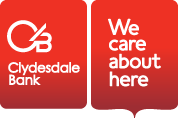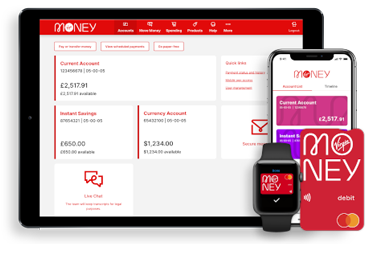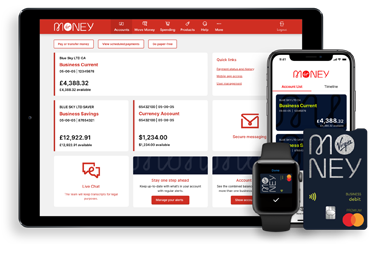How to improve your cash flow
< back to all business news articles
12/06/2017
Cash flow is what sustains your business. Will there be enough cash to stay afloat? Even if you know money will be coming in soon, it won’t help if you can’t pay your bills now. The good news is with knowledge of your cash inflows and outflows you can predict how healthy your account will be in the future – and plan accordingly.

What it all boils down to is having more money coming in, than going out. Pretty simple really. The trick is making it happen.
Improve your cash flow
- Shorten your cash cycles – the idea is to avoid lengthy periods when your business goes without cash. Try to get paid immediately using pay-on-the-spot solutions, or at least encourage early payment.
- Get paid faster – you should always have a contract with your customers and be consistent with your processes. Make sure you’ve got good systems in place, such as a debt management calendar, and always use credit limits that are based on customer assessments.
- Raise your prices – take a look at what’s selling well, and hike the price up. This is a great way to improve your profit margin and boost your cash flow.
- Get paid in advance – if you’re doing contract work, structure the payment terms so you’re paid a deposit, and then instalments throughout the process.
- Talk to your suppliers – go over the terms of your contracts with them and renegotiate so you’re keeping more cash in the business.
- Buy smaller amounts of stock – the renegotiation with your suppliers can also mean you buy less. There’s no point having a whole lot of stock in the business if it’s not being sold.
- Use a credit card – leverage your terms to help stretch your cash flow. Payment using a credit card can help given there are typically grace days on a credit card. So this essentially allows you to pay for (and potentially receive) something today, but your cash doesn't go out until 21 days later, for example.
Be aware of what’s happening with your cash
The best way to maintain a healthy cash flow is to always know what’s happening with it. Take the time to regularly review your bank statements so that you become familiar with how and when cash is flowing through your business. You can make it easier by using:
- Good accounting software – preferably one that’s compatible with your accountant’s. It should also manage your payroll effectively, if you’re not outsourcing that task. Good software will help you to see at a glance what your cash is doing and where it’s going.
- Cash flow forecasting – this means using your sales and expenses figures to calculate your cash flow figures before they happen. You're making a prediction about the future. That prediction can help minimise the impact of a cash drought before it arrives so you can still pay your bills. The first cash flow forecast you create will be the most difficult. After preparing the first one, you’ll have a baseline version from which you can model the next – with the aim of improving your forecasting over time.
Managing and improving your cash flow is largely down to common sense and maintaining an excellent understanding of what your costs are. Anything you can do to reduce costs will benefit your cash flow, which should be one of your main goals as a business.
A healthy cash flow means you’ve got more working capital to reinvest in your business, which will mean you’ll enjoy greater freedom and more profitability.
This blog is not financial advice. The content of the blog is reliable at the time of publishing, but we can’t guarantee it is entirely free from error or omission beyond our knowledge. Links are provided for you to explore, but we have no connection with third party sites or responsibility for their content.
POSTED IN: Debt Management,Growth,2017,Cash Flow
SHARE
Related Articles
You can find impartial information and guidance on money matters on the “MoneyHelper” website.
Clydesdale Bank is covered by the Financial Services Compensation Scheme (FSCS), Find out more.


